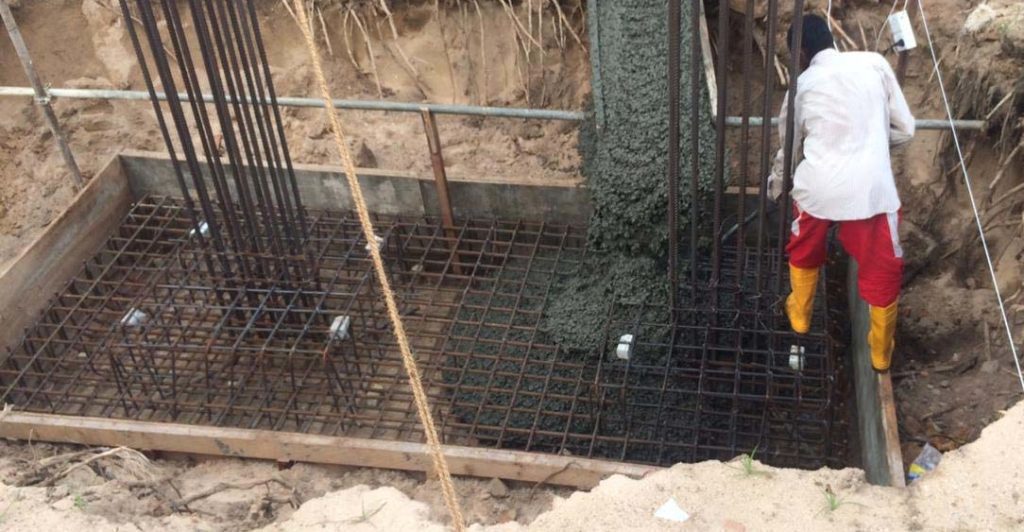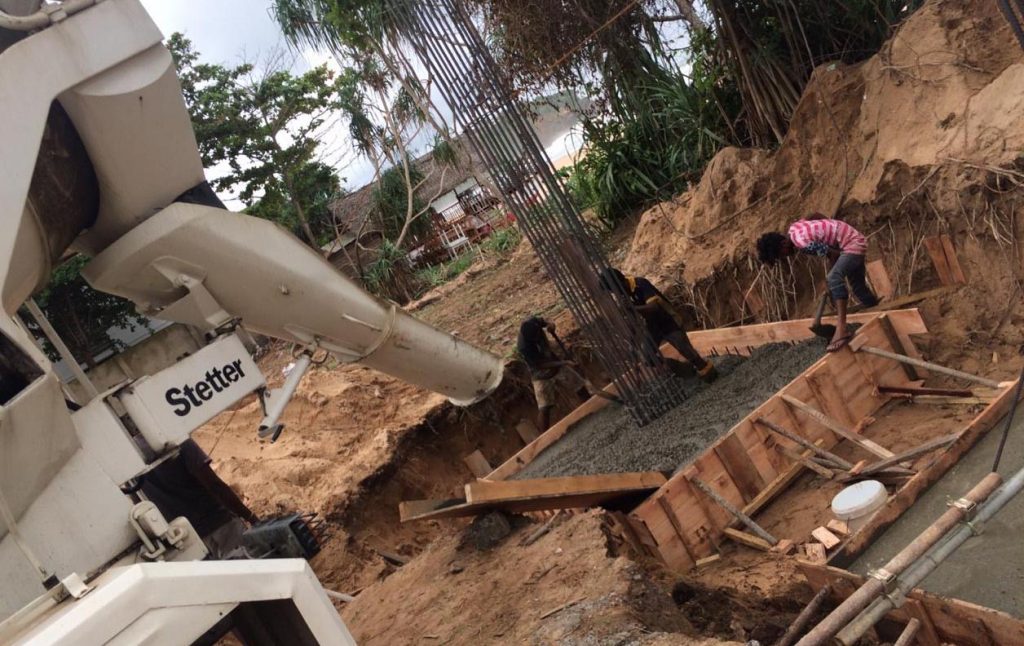Skin friction of soil is considered in pile designs. Mainly, there are two types of skin frictions. Negative and positive skin friction is considered in pile designs.
Positive skin friction is calculated based on the type of ground condition.
Depending on the parameters of the soil, skin friction is calculated.
Generally, geotechnical parameters are given by the soil investigation report(geotechnical investigation report). Depending on the parameters given in the report we can calculate the positive skin friction.
Some geotechnical investigation reports provide skin friction values. There are different layer thicknesses for different types of soils. This has to be considered when the friction is calculated.
When the unit skin friction is given depending on the type of soil, skin friction can be calculated by multiplying the skin friction per unit area and surface area of the pile that touches the soil.
This is a very easy method when compared with the evaluation method with geotechnical parameters.
There are many methods that can be used to calculated skin friction of soil. Depending on the available geotechnical parameters and with the available methods, skin friction can be calculated.
When there is weak soil that could be settled with the overburden pressure, negative skin friction would be acted on the piles.
For example, when there is peat, there could be negative skin friction on the piles.
Especially, when the standard penetration value (SPT) is less than five, it is said that there would be negative skin friction on the pile.
Negative skin friction affect the geotechnical capacity of piles while exerting an additional axial force on the piles.
When there are different types of the layer that can create both positive and negative skin friction on piles, skin friction is calculated by reducing negative skin friction from the positive skin friction.
In addition, when the pile is driven in very weak soil, pile structural capacity checks should be done in addition to the geotechnical capacity checks.
Piles will deform freely in a weak soil when compared with good soil. Therefore buckling effect shall be considered for the structural design. Further, the end condition of the piles must be considered when the effective lengths are calculated.
The article design of single piles could be referred for application of theoretical aspect discussed in this article.


